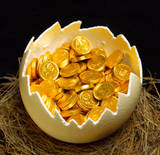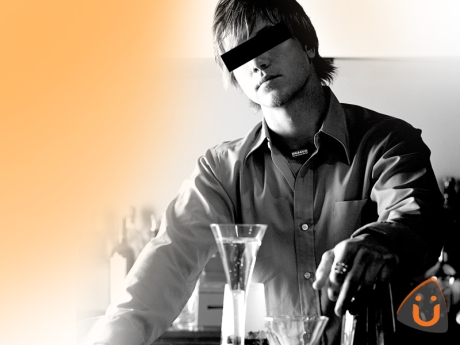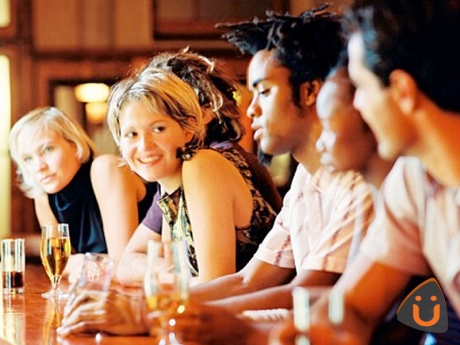Since 2008 the GFC has weighed heavily across the globe – the hospitality industry being a microcosm of what happens in the real world, is probably one of the greatest mirrors to see how an industry has coped with profound cost challenges.
Every business should by now have looked into every corner, front ‘n’ back and in between of house, to search and implement elusive efficiencies, cost savings and system improvements to get the “biggest bang” from every buck…
Question…. what happens if you own or manage a bar, restaurant or club etc and suddenly are hit (hopefully not) with a double-dip recession?
What do you do when all reasonable steps to become a leaner and more customer responsive business have been successfully implemented? What do you do? How can you double-dip again when you’ve already dipped?
Frankly one MUST re-focus again as some of the biggest savings and improvements are still to be discovered…. there’re just well hidden! You just need to know where to look.
One under explored area we’ve consistency found to yield MASSIVE cost savings is the way a business pours alcohol.
Every innocent over-pour, spill, drop, leak, heavy handed over-serve and free shot(s) of “liquid gold” quickly adds up.
The good news is there’s some very inexpensive, yet simple ways to pull back these large costs and turn them back into savings or PROFITS.
In markets such as the US, with proper pour control together and management systems in place, we’ve seen savings on average of between $0.05 – $0.15 cents (at cost) on EVERY shot of alcohol served.
In Canada and Australia potential savings are far larger given that the high costs of alcohol in these markets are at least 50-100% higher.
Imagine if you serve 2000 shots of alcohol a week and you can save 5,10 or 15 cents per shot, would that not translate into savings (at cost) of to $5000, $10000 and $15000 per annum.
The potential lesson here is don’t wait for another economic catastrophe to happen… start now to re-evaluate every aspect of your business… you’ll be amazed what you’ll find and then surprised by how much money can still be saved.










